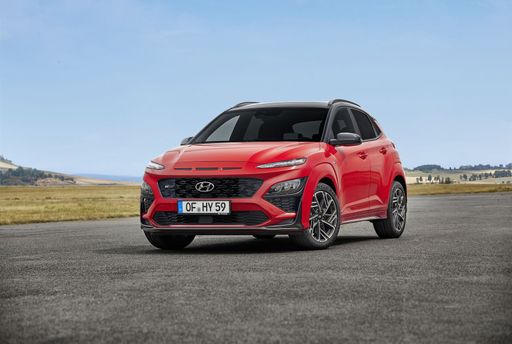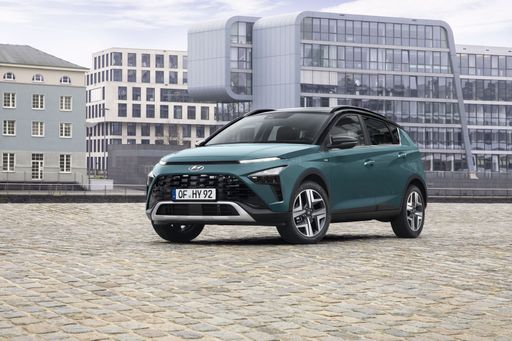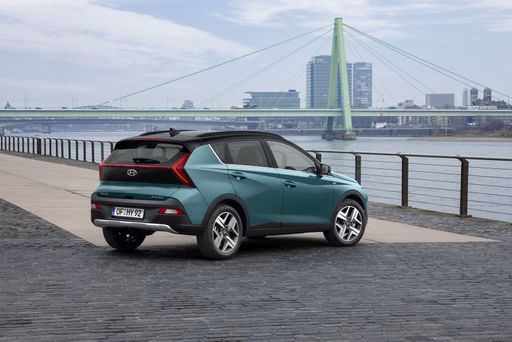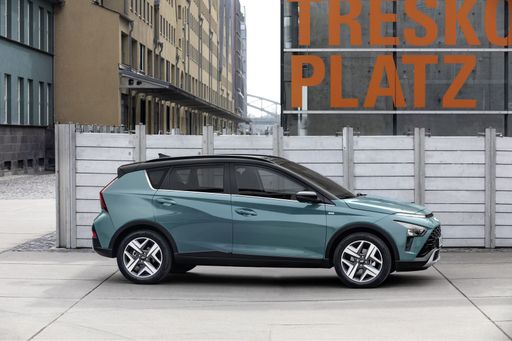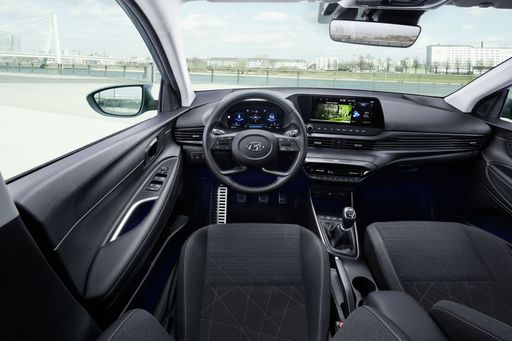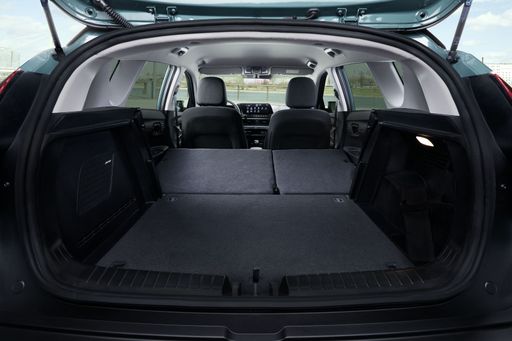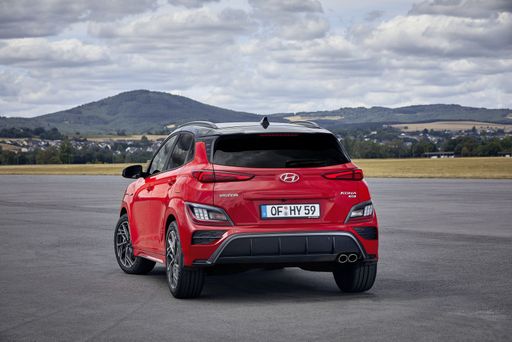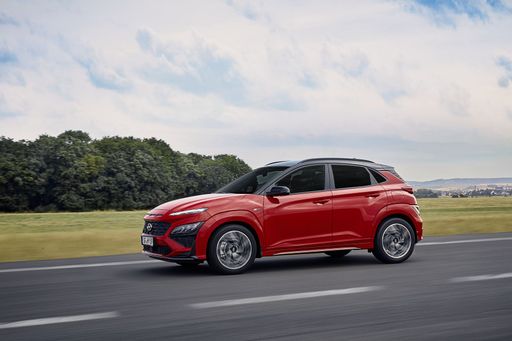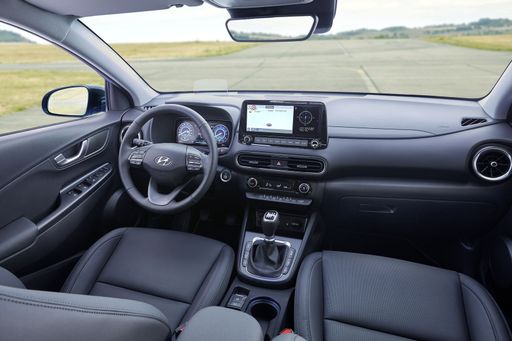Hyundai Bayon vs. Hyundai Kona: A Comprehensive Comparison
In the ever-evolving automotive landscape, Hyundai has carved out a significant niche in the SUV segment with its Bayon and Kona models. Both vehicles offer distinct features and innovations that cater to different customer needs. This article delves into a detailed comparison of these two popular SUVs, focusing on their technical aspects, performance, and distinct advantages.

